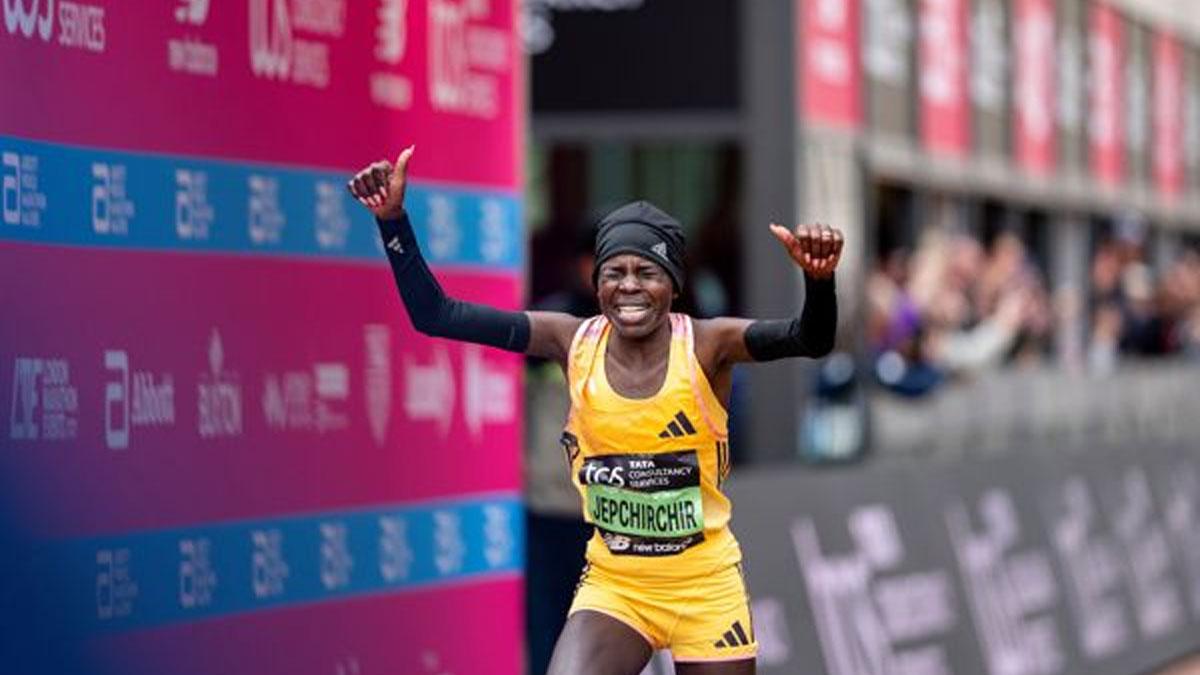Just like in the United States, India’s relationship with gambling, whether that’s sports betting or casino gaming, varies depending on where any prospective player happens to be.
The states of Goa and Sikkim permit gambling within five-star hotels, while Meghalaya and Nagaland, and, again, Sikkim, have some tolerance for sports wagering. While potentially confusing, gaming laws in India sometimes come down to just one question, namely, is it a game of skill or a game of luck?
Digital Access
Generally speaking, games of skill receive a more sympathetic eye from legislators in India because one of the country’s pastimes, the card-matching game rummy, slides neatly into that particular box. Everything else, like blackjack, roulette, and slots, is considered state-by-state, leading to the fractured landscape mentioned earlier. Still, it’s almost inevitable that India’s increasingly fondness for casino gaming is related to its longstanding love affair with rummy.
The increased use of cryptocurrency has provided a boost for Indian gamers. According to Chainalysis' 2022 Global Crypto Adoption Index, India ranks fourth worldwide with a score of 0.6 on a scale of 0 to 1, indicating significant cryptocurrency usage.
But why crypto? Crypto doesn’t have borders, which means that users aren’t bound by the same restrictions as fiat currency, like exchange rates and similar cross-border fees.
For one, simply having access to casino games isn't enough. Players also need to be able to make deposits and withdrawals to play. In this regard, innovative brands like Metaspins, which operates as a fully crypto-based casino, have gained traction. These brands not only enable players to use cryptocurrencies across their platforms but also substantially reduce entry barriers during the sign-up process. Whilst conventional casinos would require players to fill out exhaustive forms in order to gain access to the products, Metaspins players only need an email and password to get started. Players don't have to worry about providing different forms of ID in the way that they'd have to at a fiat casino. The main consideration is that, of course, a third-party crypto wallet is necessary for payment processing. However, these are generally available free online.

Oddly enough, Chainalysis seems to indicate that lower to middle-income nations like India are the main users of crypto around the world. Only two of the twenty top crypto countries rank as “rich” - the US and UK. A significant factor contributing to this interest is the lack of universal access to bank accounts in India, which occasionally leads to challenges associated with unsupported currency.
Popularity
The number of people engaged in one form of gambling or another in India stood at 420m in 2022. That's roughly a quarter of the country’s 1.4bn population.
The same source indicates that all numbers are trending upwards too, with the previous figure expected to balloon to 450m by the end of 2023 and 500m by the mid-point of the current decade. Considering that the current biggest country for gambling, the USA, has just 332m people total, India already looks like future gaming royalty.
Overall, India’s gambling industry is growing at about 30% per year, as operators take their first, cautionary steps into the Subcontinent. As with many of the best and worst things humanity has come up with recently, players have the internet to thank for the growth of casino gaming in India. In 2020, TechWireAsia reported that the Subcontinent’s contingent of internet users was becoming predictably huge, at around half a billion.
Greater Connectivity
Once again, the group sustaining this growth was lower-income, as many wealthier states were plugged into the web already. Closer to the present, figures from Statista suggest that India’s internet users represented 49% of the population. This gives us a more up-to-date number of almost 700m.

Interestingly, there may be a stark difference in two important metrics, namely, subscribers vs. connections. Put another way, many people were actually sharing connections across communities rather than setting up on their own.
Of course, this is standard practice in the USA with family connections and even shared Netflix accounts but it may occur on a much larger scale in India, especially in poorer places. This doesn’t necessarily mean that there are fewer people total online - just that they’re not online as often.
Now for the bad news. India seems to have placed a heavy emphasis on mobile internet because almost the entire population has a mobile phone. As reported on TheNewsmen before, the country's Ministry of Information and Broadcasting secretary, Apurva Chandra, claims that there are 1.4bn phones in India, with 600m of these defined as smartphones.
Unfortunately, the BusinessToday website indicates that fixed connections are suffering as a consequence of mobile dominance. Overall speeds on home and office networks fell by two ranking points earlier this year on the Ookla Speedtest Global Index.
Apart from that slight concern, there’s really no bad news for casino gaming and mobile connectivity coming out of India lately. The question is, can regulators and government bodies keep up with the accelerating growth of online casino gaming?


















